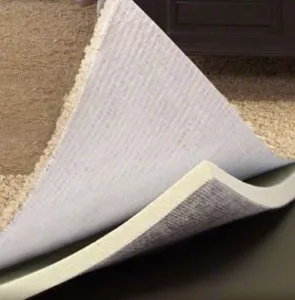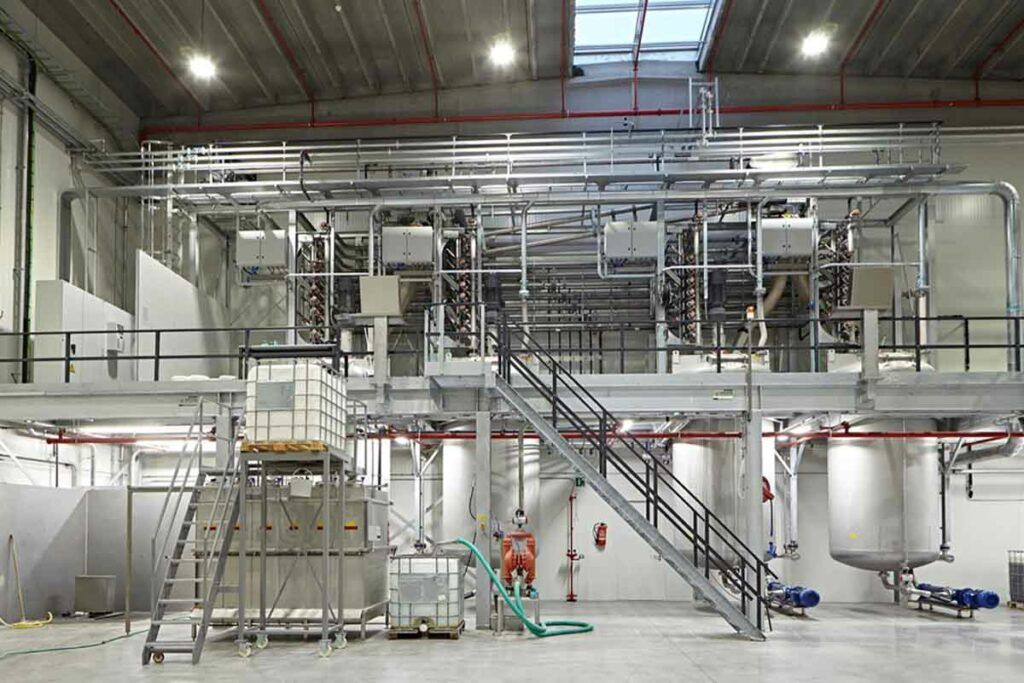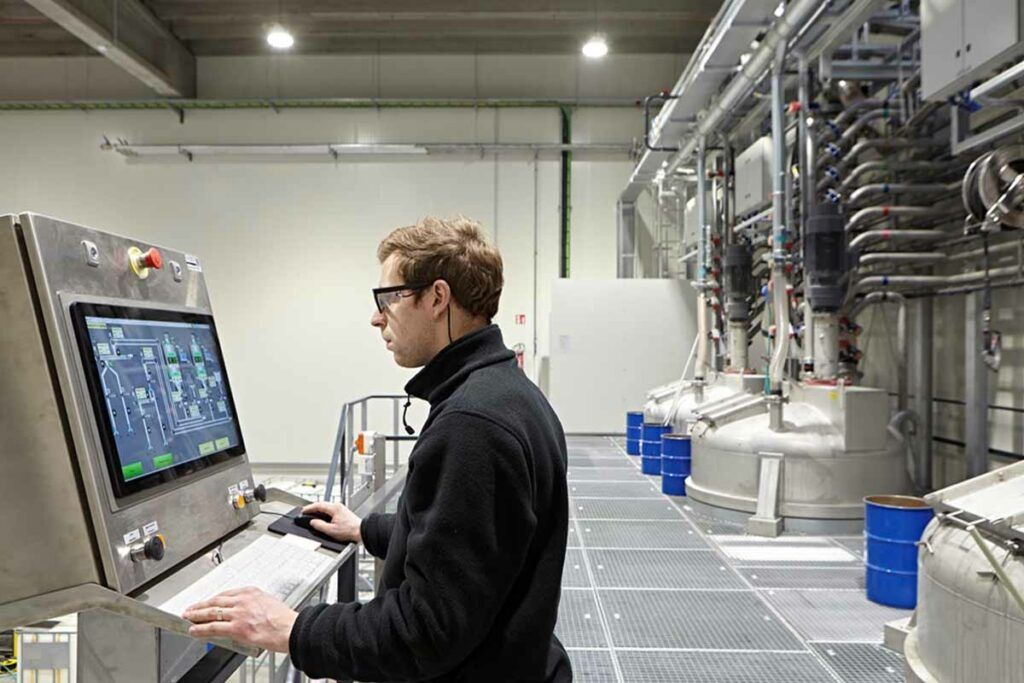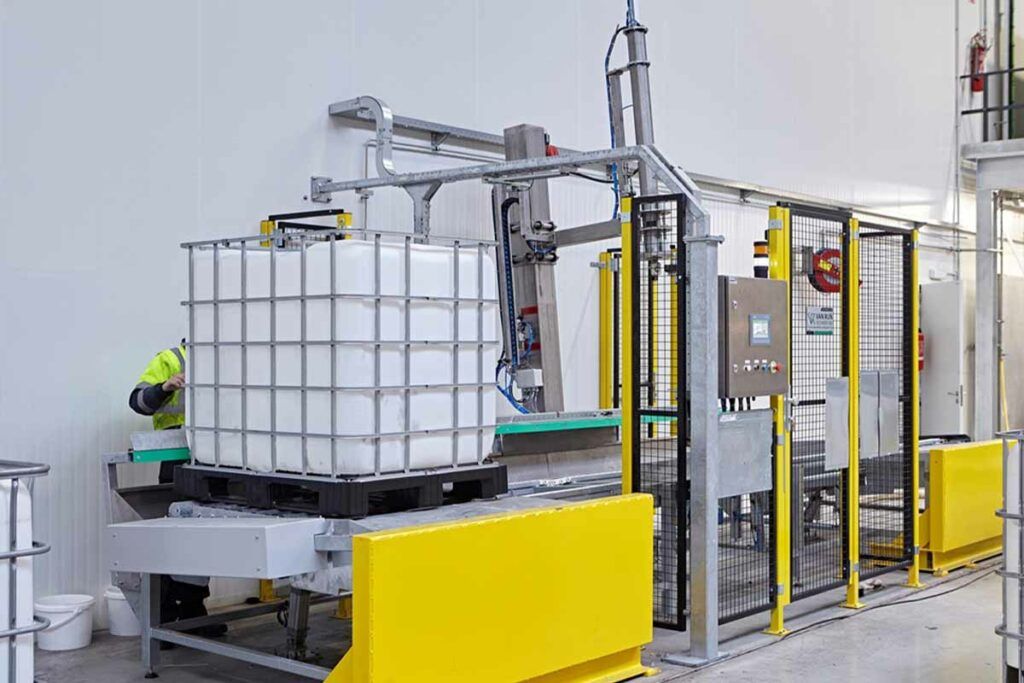MATCO is a reliable partner and producer for all types of coatings and compounds for tufted, woven, needlefelt, automotive, marine and aviation carpets. We offer a full range of functional additives, such as thickeners, dispersants, surfactants…
Compounds based on different binders

MATCO can offer compounds based on different types of binders, such as latex, XSBR & HSSBR, VAE, SA&PA, PES, PP, AC, PVB,…
Synthetic Latex: Synthetic latex is a water-based dispersion of polymer particles created through a process known as emulsion polymerization. These polymers are typically made from various synthetic materials, such as styrene-butadiene rubber (SBR), acrylics, or vinyl acetate, which are suspended in water with the help of surfactants. Synthetic latex is commonly used in a wide range of applications, including paints, coatings, adhesives, and carpet backing. It offers excellent bonding properties, water resistance, and durability.
Natural Latex: Natural latex is a milky white liquid extracted from the rubber tree, Hevea brasiliensis. It consists mainly of cis-1,4-polyisoprene, a naturally occurring polymer. Natural latex is known for its elasticity, flexibility, and resilience. It is commonly used to make latex products like gloves, condoms, mattresses, and foam rubber due to its natural properties.
VAE (Vinyl Acetate Ethylene) Copolymer: VAE is a copolymer composed of vinyl acetate and ethylene monomers. It is widely used in the production of emulsion-based adhesives and paints. VAE copolymers provide excellent adhesion, flexibility, and water resistance. They are favored for their ability to adhere to a variety of surfaces, making them suitable for applications in construction, textiles, and packaging.
PVB (Polyvinyl Butyral): PVB is a synthetic polymer derived from the condensation polymerization of vinyl butyral. It is known for its exceptional clarity, adhesion, and impact resistance. PVB is primarily used as an interlayer material in laminated safety glass, such as automobile windshields and architectural glass, where it enhances the glass’s shatter resistance by holding broken pieces together.
Formulated according to your specific requirements
MATCO can supply custom-made compounds with a full range of functional additives such as:
- Thickeners: Thickeners are substances added to liquids to increase their viscosity or thickness.
- Dispersants: Dispersants are chemicals that help disperse solid particles in a liquid medium, preventing them from clumping together. They are often used in products to ensure even distribution of particles such as colorants.
- Colorants: Colorants are substances added to products to give them color. They can be natural or synthetic and are used in a wide range of industries,.
- Vulcanisation Pastes (Gel/No-Gel): Vulcanization pastes are used in the rubber industry. They contain additives that facilitate the vulcanization (cross-linking) of rubber to improve its strength, elasticity, and durability.
- Antistatic Products: Antistatic products are used to reduce or eliminate static electricity in materials and surfaces. They are commonly used in industries where static electricity can damage sensitive equipment.
- Wetting Agents: Wetting agents, also known as surfactants, are substances that reduce the surface tension of a liquid, allowing it to spread more easily and penetrate materials.
- Gelling Agents: Gelling agents are substances that transform liquids into gels or semi-solid forms.
- Antioxidants: Antioxidants are chemicals that inhibit or slow down oxidation reactions, which can lead to the deterioration of products. They are used in the stabilization of materials like rubber and plastics.



